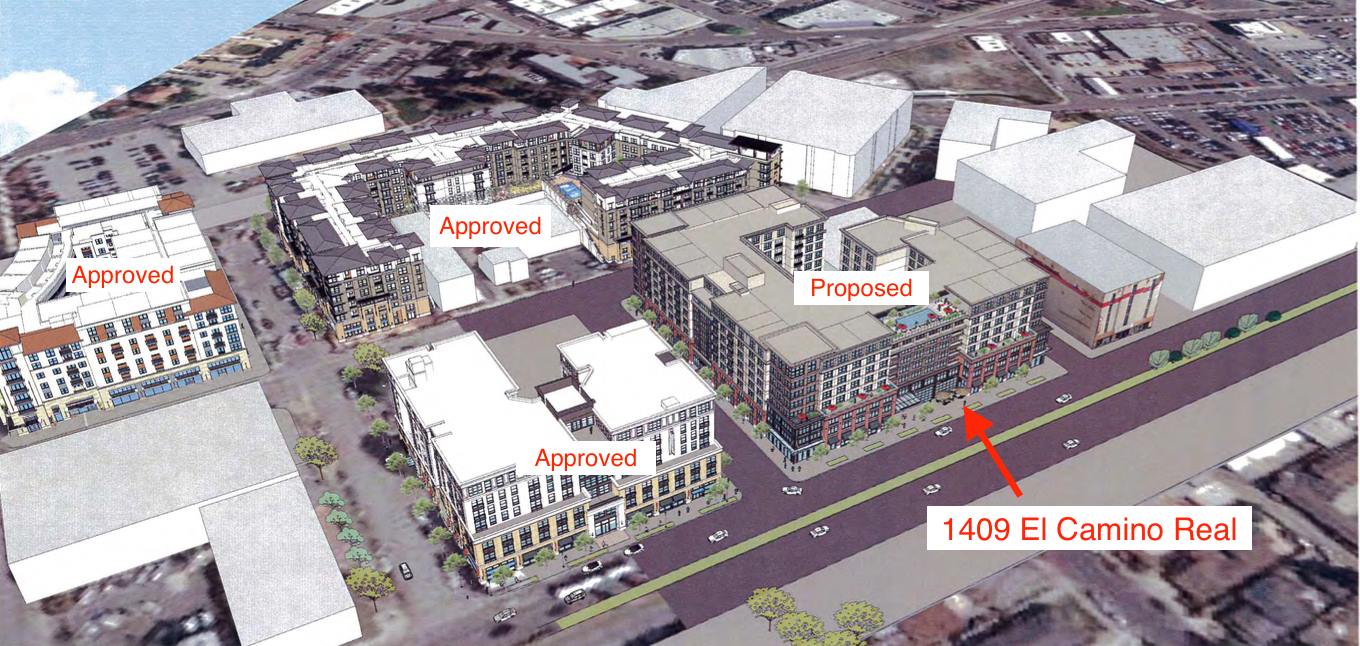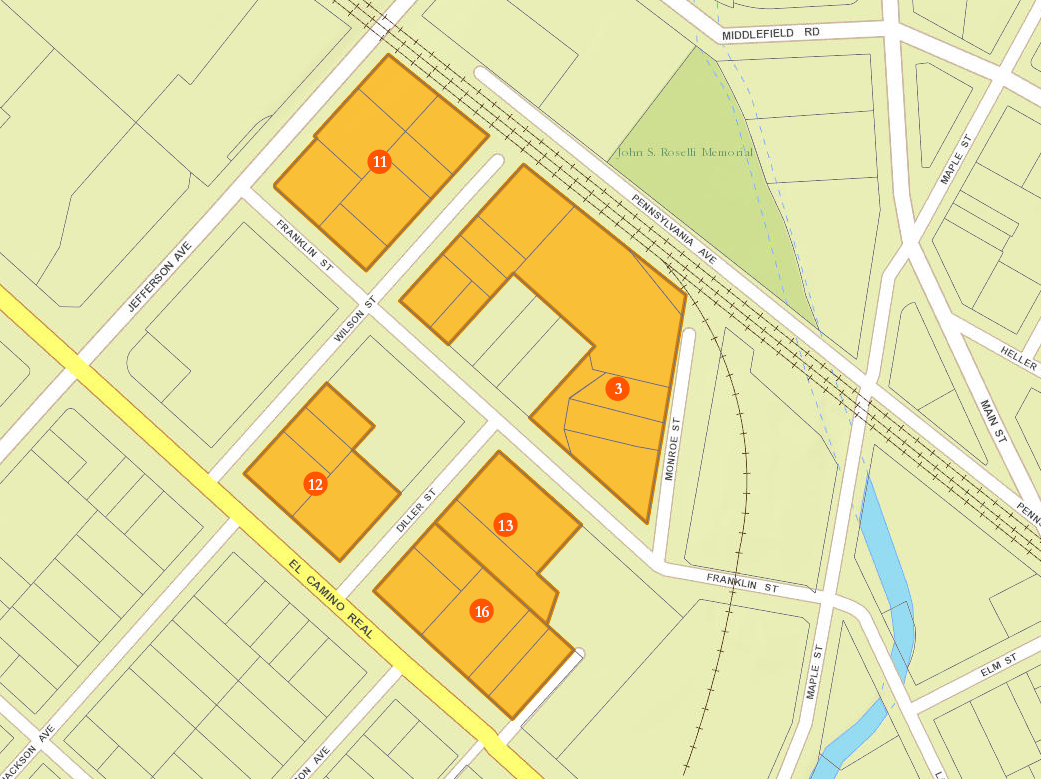UPDATE: Election officials announced that enough signatures have been verified and the "San Mateo Community Preservation and Fair Rent Charter Amendment" will be placed on the November ballot.
Come November, San Mateo residents will have their say on rent stabilization. On Monday, tenant protection advocates turned in over 11,000 signatures calling for a citizens vote on rent control measures - well over the 7,119 required to bring it to the November ballot. This was a grassroots effort, as it involved nearly 200 volunteers canvassing the city for about 2 months to obtain the 11,000+ signatures.
Come November, San Mateo residents will have their say on rent stabilization. On Monday, tenant protection advocates turned in over 11,000 signatures calling for a citizens vote on rent control measures - well over the 7,119 required to bring it to the November ballot. This was a grassroots effort, as it involved nearly 200 volunteers canvassing the city for about 2 months to obtain the 11,000+ signatures.
The "San Mateo Community Preservation and Fair Rent Charter Amendment" would cap rent increases at 4% per year, unless a landlord refrains from rent increases for an additional year, at which point rent could be raised up to 8%. It also includes a just cause eviction provision, which would prevent tenants from being evicted unless they breach the terms of their lease, break the law, fail to pay rent, are a nuisance, if substantial repairs are needed, if the property will no longer be used as a rental, or if the landlord plans to move in.
Exceptions to the rent increase amendment would include condominium units, or secondary units and duplexes where a landlord lives on site. Properties built after February 1, 1995 would also be exempted from the rent increase cap. No rentals would be exempt from the just cause eviction provision.
This amendments's placement on the November ballot is not official yet, as the Elections Office has 30 days to validate the signatures. On August 1st, City Council will meet to discuss the findings of the Elections Office and determine if the amendment will be placed on the ballot. If it is, a simple majority approval is needed to pass, and in a city where nearly half of its residents are renters, that certainly seems within the realm of possibility. The question is whether or not enough renters show up to vote.
It will take a strong voter turn out on the part of those in favor of rent stabilization to pass this measure - the opposition will almost certainly be well represented. The California Apartment Association, which represents homeowners, trade associations, and businesses, is among those fighting against any sort of rent control measures wherever they pop up across the Bay Area. They are a part of the taskforce assembled to address San Mateo's housing crisis, and their position is essentially that what rent control gives to renters, it takes away from homeowners. They believe this could end up making the housing crisis worse by pushing some landlords out of this business, and disincentivizing landlords from adequately maintaining their properties and attending to their tenant's needs.
We'll keep you updated as news break.



